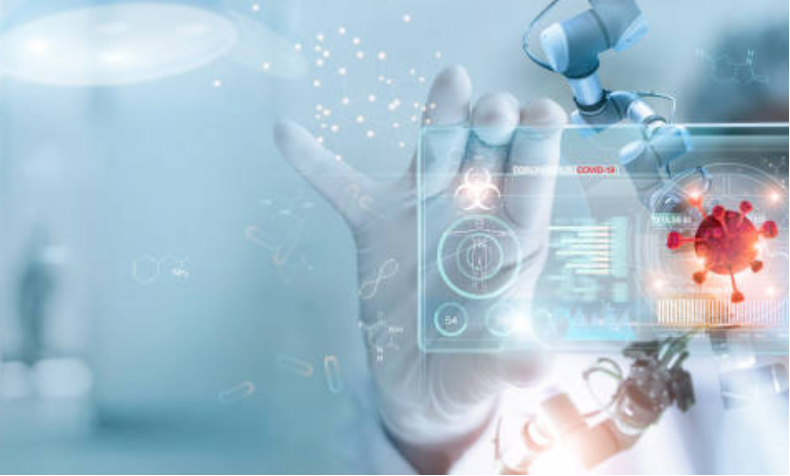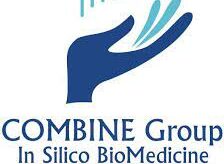Nowadays biological systems are analyzed and managed by means of new emerging technologies that are revolutionizing biotechnology and information technology, producing a huge amount of data. This data needs to be integrated and is quickening the process of knowledge discovery, enabling the study of biological systems at various levels i.e., from molecules to organisms and even to the population level.

The human activity entailing the representation, the manipulation and the communication of real-world daily life objects is known as modelling. Mathematical and computational models are gradually used to assist deduce biomedical data produced by high-throughput genomics and proteomics endeavours. The application of advanced computer models allowing the simulation of complex biological processes produces hypotheses and proposes experiments. Computational models are set to exploit the wealth of data stored on biomedical databases through text mining and knowledge discovery methods.
Vaccines represent the most effective and cost-efficient weapons against a wide range of diseases. The simulation of the immune system in a detailed way to reproduce and predict the effects of artificial immunity elicited by vaccines represents a challenge that several people are attempting with success.
The immune system represents one of the most complex biological system. It is, in fact, an adaptive learning system which operates at multiple levels (molecules, cells, organs, organisms, and groups of organisms). Immunological research, both basic and applied, needs to deal with this complexity.
In this context, we developed one of the most advanced computational frameworks for the simulation of the immune system dynamics.
Our simulator was validated in full preclinical settings in predicting optimal dosage cancer vaccine administration and in the identification of the best adjuvant in vaccine formulation against influenza A and Human Papilloma Virus (HPV). It impacts in accelerating the findings of optimal vaccine and immune therapies formulations and in reducing, refining, and partially replacing animal experimentation. In particular, it potentially provides a level 3 simulation platform (i.e., each individual of the reference population will be simulated and represented using biological and physiopathological data coming from real subjects) able to achieve the necessary statistical power (eventually integrated by a number of virtual subjects) to offer an effective way to estimate disease progression even under specific treatments.

